|
Free diving and breath holding often go hand and fin with the work mermaids do. Even if mers aren’t getting to do glamorous photos and video shoots in the open ocean, the basic safety skills for holding your breath and being underwater apply to everything we do. Free diving – for those who don’t know- is a form of underwater swimming or diving that relies on the swimmers ability to hold their breath until they come up to the surface, rather than relying on a snorkel or scuba gear. It is done as a sport, recreationally, or even used as a tool for underwater fishing/scavenging. Aspects of free diving are also used for synchronized swimming. HISTORYFree diving was practiced in ancient cultures to help gather food and harvest resources like pearls. In ancient times people even used leather breathing bladders (a homemade pouch of air!). It’s theorized that free diving began in Ancient Greece. The island of Kalymnos was an area where divers would harvest natural sponges, and both Plato and Homer make mention of using these sponges for bathing. Back then they called it Skandalopetra diving. Divers would be naked and secure themselves to a stone with a thin cord. This is actually still done today with many free divers using a very heavy weight or in some cases even a rock to speed their descent down. It would often be a stone made of marble or granite weighing between 8 and 14 kgs with rounded corners for a hydrodynamic shape. The divers would descend to depths of 30 meters for up to 5 minutes to collect the sponges. Red coral was also popular along with various shellfish. It’s also thought that the AMA divers from Japan began to collect pearls about 2,000 years ago as well. In the Mediterranean divers would often scavenge shipwrecks. During bad winter storms many would sink. If a diver went down to a wreck that was 50 feet deep they would get to keep one third of what they salvaged. If they went down to a wreck that was 90 feet they got to keep half. Free divers were also used in warfare. Underwater barricades were often created using free divers to help sink enemy ships. Free divers would also scout for enemy ships from underwater. From the other perspective, free divers would search for these barricades to prevent their ship from being caught. During the Peloponnesian War, divers were used to get past blockades to relay messages. Sometimes they would even sneak through the water to sabotage enemy ships. TODAYToday -many people enjoy free diving because it makes them feel more in tune with the ocean. They feel they have a better range of movement without all the bulky scuba gear. Many people find they are faster when they free dive. It is less expensive to practice, has shorter prep time to do it, no distracting sounds or bubbles for the wildlife, and rarely need to participate in decompression time. It’s often done with no fins, bi fins, or a monofin. I personally find I get the best movement with a monofin. Free diving is also done competitively as a sport. There are actually 11 recognized ways to compete in free diving and they are as followed: You can see the full chart on Wikipedia here: https://en.wikipedia.org/wiki/Freediving It’s easy to “sea” how free diving could of inspired mermaiding. Monofins make the undulating motion of the dolphin kick very easy, and help us tap into our inner merfolk. But it’s also a quite relaxing process. The act of free diving physiologically lowers your heart rate. This is part of the mammalian diving reflex that allows mammals to optimize their body to be underwater. Some birds also have the reflex. Every animal’s reflex is specifically triggered when cold water hits their face. In addition to the slower heart rate, a blood shift occurs where flood flow is redistributed to vital organs. Your body also begins to cool and red blood cells carrying oxygen begin to release. In a study of free divers it was found that their body had 10% extra red blood cells. BENEFITSThis process creates several health benefits for you:
There are breathing techniques within free diving training that can help lower your risk of any injury, and improve your form. These techniques focus on ridding the body of carbon and allowing it to absorb as much oxygen as possible. The undulating technique uses less oxygen in your body (especially when aided by a monofin) so you can stay down longer. All of these skills can translate to mermaid work. Simply learning breathing exercises, pre-breathing before going under, and post breathing when you come up, can really improve how you feel as a mermaid. Using these skills have helped me increase my energy while doing mermaid gigs, stay under water longer when performing in the Aquatron, and regulate my body better. I always struggled with holding my breath. I have stunted lungs. I was born very premature and my lungs were not very developed. The fear was that I would suffocate on the fluid in my lungs rather than be able to cough it out when being born. I was treated with an experimental treatment to save my life. While it kept me from drowning in my own lungs, it did stunt them. I also had 3 experiences in my life as a young child where my lungs randomly totally filled with fluid and I had to be rushed to emergency. I was drowning in my own lungs! The scary thing is, they never figured out what caused it. The doctors were concerned I may have had cystic fibrosis but it came back negative for the tests. I was also tested for asthma and other illnesses that may have caused it. It was chalked up to a long term side effect of the drug, but never really confirmed.
I have also found free diving to be very therapeutic in general. I can certainly attest that it helps my overall stress levels, and I would agree that it helps with chronic pain and joint pain. In my second book I wrote about dealing with the crippling effects of endometriosis, and how on a camping trip during an attack I got into the water to help ease the pain. This isn’t just all in my head. Being in the water really is proven to help cope with pain! It’s part of the reason why some women choose to have water-births. I actually much prefer breath holding underwater, than practicing on land! It just feels like I am submersed in a different world. Being able to hold my breath has helped me connect with the water. It makes me feel like I could be an underwater creature – even a real mermaid! There is something magical and empowering about slipping beneath the waves or even into the deep end of the pool, experiencing that little bit of anti-gravity, and knowing your time visiting this world is based on how long you can hold your breath. I believe this is one of the main attractions to mermaiding. We live in a world where we are constantly bombarded by stuff, and free diving can take that all away and offer a little slice of otherworldly peace. THE PROFESSIONALS
This year, Aleix Segura Vendrell surpassed Severinsen with reaching 24 minutes and 3 seconds in breath holding. He is now recognized by the Gushiness Book of World Records. You can watch his feat along with the previous record holder on Youtube. The Limits & DangersThe limit of our breath hold depends on how little oxygen and how much carbon dioxide you can tolerate in your body. That depends on your metabolic rate. If you’re moving through the water you will use of that oxygen faster, compared to someone who is stagnate (staying still). Cold water will also slow the metabolic rate and in 1986 a toddler survived 66 minutes underwater, and the only medical reason they could come up with for her not dying or suffering serious brain damage- was the cold. It’s amazing to think a human body can go that long without oxygen. But it’s important to note that without training, the average human body can only go without oxygen for only 3-5 minutes before brain damage starts to occur. Most people can last at least 30 seconds without harming themselves. Many others can last anywhere from 30 seconds to a minute comfortably. You will start to hit a wall where you experience small spasms or convulsions that encourage you to seek air. Our body is geared to breathe whether we want to or not. You can’t simply hold your breath and die. Your body will force a restart to make you breath. However, if that ability to breathe is blocked, by an object or water, our body will still force us to try to breathe, in which case oxygen is physically blocked or we breathe in water. Typically this involves passing out as a brain restart, and regular breathing will resume unless some sort of blockage or injury prevents it. The brain normally takes up about 20% of the body’s oxygen. If it doesn’t get enough, cells begin dying which is what puts you at a risk of permanent brain damage. 3 minutes can create serious brain damage if you do not have proper training or experience an accident. In November 2013 the then 32 year old Nicholas Mevoli went free diving in a popular spot called Dean’s Blue Hole. His goal was to reach 70 metres (230ft) on a single breath of air. Mevoli was a trained free diver. He was the American record holder and the only American to dive more than 100 Metres. During his 70 metre swim he began to turn back at the 68 metre mark, but changed his mind and continued down. He returned to the surface after 3 minutes and 38 seconds underwater, but fell backwards into the ocean and lost consciousness. Safety divers and a doctor were present at the event and attempted to revive him. They tried for 90 minutes before he was transferred to a hospital and was suffering from pulmonary edema (fluid accumulating in the parenchyma of the lungs). He sadly died, and was the first athlete to die in an international competition. Out of 35,000+ competitive dives, he was the first to die. It’s thought that 90% of blackouts happen in the last ten metres below the surface. When going down, your lungs compress and oxygen molecules take up more space giving the brain the illusion of having lots of air in the lungs. When coming up, the pressure reverses and the lungs expand. Your brain realizes it has far less oxygen and that panic can cause you to black out underwater- your brain resetting in an attempt to make you breathe. Repeated squeezes from great depths can sometimes cause scarring of the lungs, and even cause divers to spit a bloody fluid. Natalia Molchanova was a multiple free diving record holder, a champion diver, and the former president of the Russian Free Dive Federation. Many called her the world’s greatest free diver. On August 2nd 2015, she went missing during a recreational dive where she was teaching others. She had gone down to a depth of 40 metres and suspect to have been caught by a current. Her body was never found. That same reset you can experience on land if you hold your breath, is what can happen to you underwater. It’s called an underwater blackout, sometimes called a shallow water blackout. It happens to the experienced, and the inexperienced. As you’ve seen from our examples it can happen to award winning and lifelong free divers, but it also happens to regular swimmers- sometimes even in front of lifeguards. Swimmers and divers can experience a “swimmers high” which can feel really good, but distort the senses and cause confusion where things like this can happen. Bob Bowman, famous for coaching American Olympian Michael Phelps, lost one of his students at the age of 14 to this type of blackout. The Shallow Water Blackout Prevention organization was founded by Rhonda Milner who lost her 25 year old son to a blackout in 2011. She had made it her mission to educate about this scary experience and hopefully save the lives of others. She warns that “when oxygen levels fall to critical levels, blackout is instantaneous and frequently occurs without warning. Most of the time, underwater swimmers have no clue they are about to be rendered unconscious and that they will be vulnerable to death within minutes.” On her website. Shallow water blackout most frequently occurs among Navy SEALS and other military personnel. The underwater training is necessary, but in training they are accompanied by a spotter who knows the signs and can pull them out. In lakes and pools, people may have a lifeguard or a coach watching a group of people at a time, and not see someone silently and quickly slip below the surface. EDUCATION AND SAFETY ARE THE KEYSWhy am I telling you all this scary stuff, after preaching the wonders of free diving? Well, at this point in time no one has died from a blackout as a mermaid. But given how easily it can happen, how few mermaids are trained, and how many will take unnecessary risks… it is scary to think it could only be an amount of time before an incident does happen. An incident like that would shake the community to the core. I believe it’s important for mermaids to apply free diving skills to mermaid swimming, to help them be safer and prevent these issues. But I also think part of learning those skills must be a rigid application of the safety involved as well. Here are some rules to follow to help you be safe:
My breath holding and free diving experience has been all over the map as I try to make use of the very little resources available to me where I live. But one thing is for sure, I never ever practice alone, and I make sure I have attentive buddies or helpers. I recently started working with someone more experienced than I am. Even though I have worked directly with safety divers before, this free diver has taught me so much more! I have always worked hard to have a full safety plan with my mermaids who work for me, but now I will be revamping it based on the further safety techniques I have learned from my peer. I look forward to continuing my free diving and breath holding capacities so I can be a safer and skilled mermaid. My best hold was 2 minutes and 30 seconds without moving. I recently joined up with AIDA Canada and am excited for the opportunities it will bring me!
I hope you have found this blog to be helpful, and inspiring to both try free diving, and also practice safety. Best Fishes!
1 Comment
|
RainaThe Halifax Mermaid Buy the BookLeave a Tip
Disclaimer:
The information in these blogs and video posts are for informational purposes only. Trying any of these suggestions are done so at your own risk. The creator/owner assumes no risk or liability and urges you to seek out professional training and advice.
Archives
August 2018
|
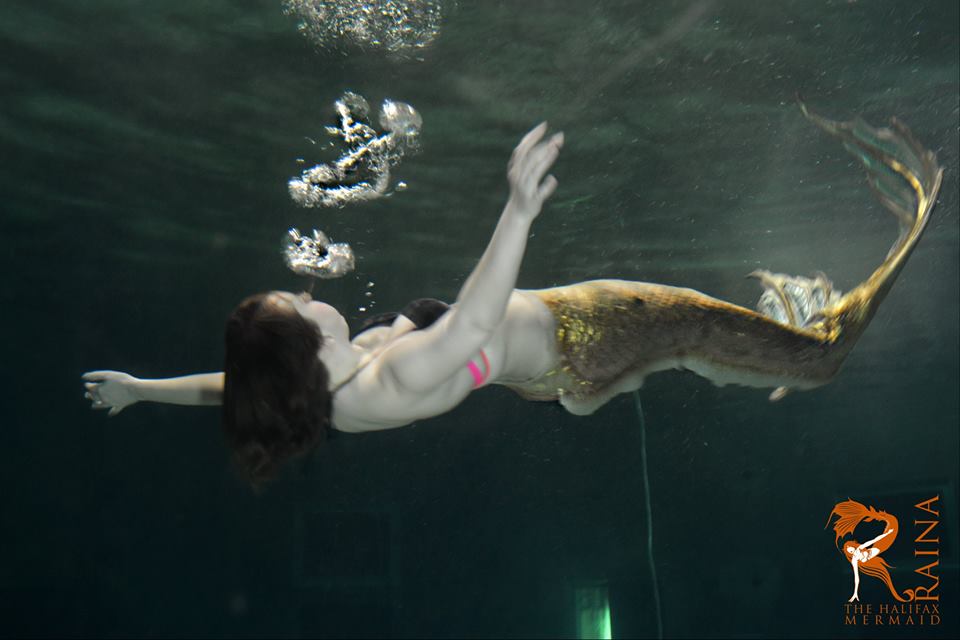
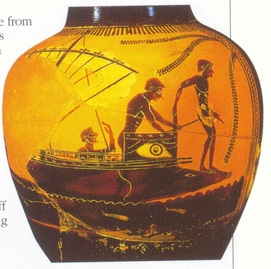
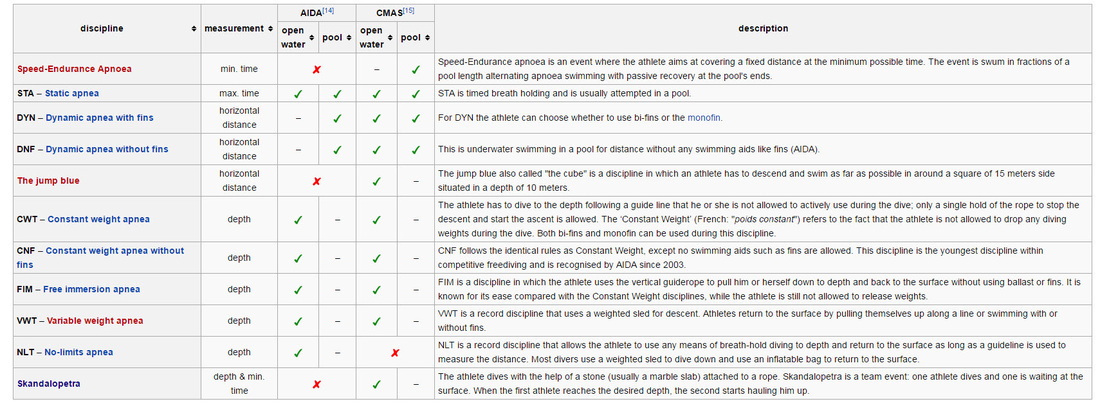
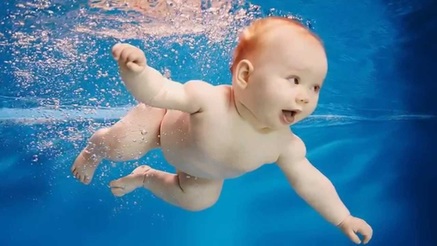
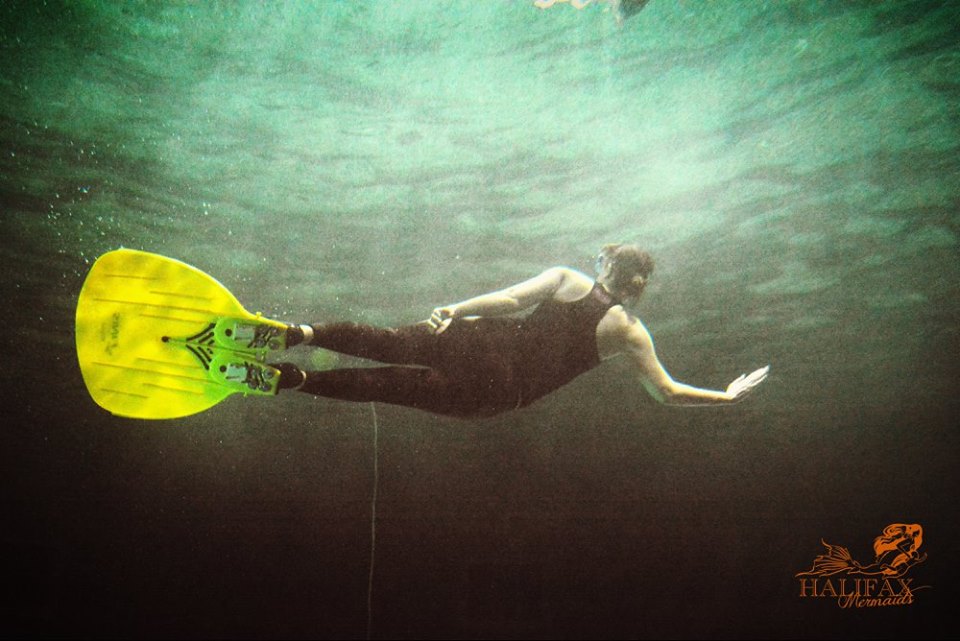
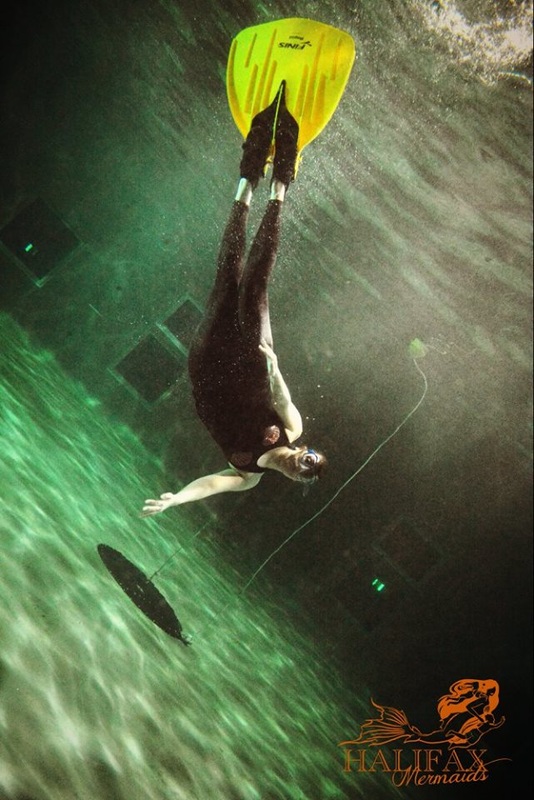
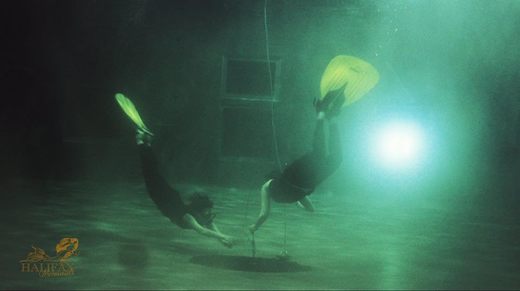
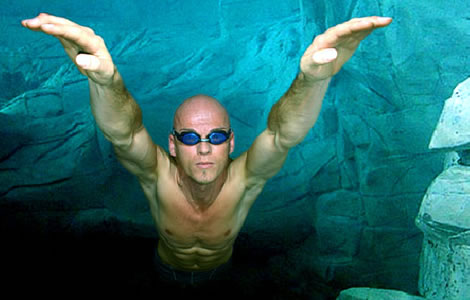
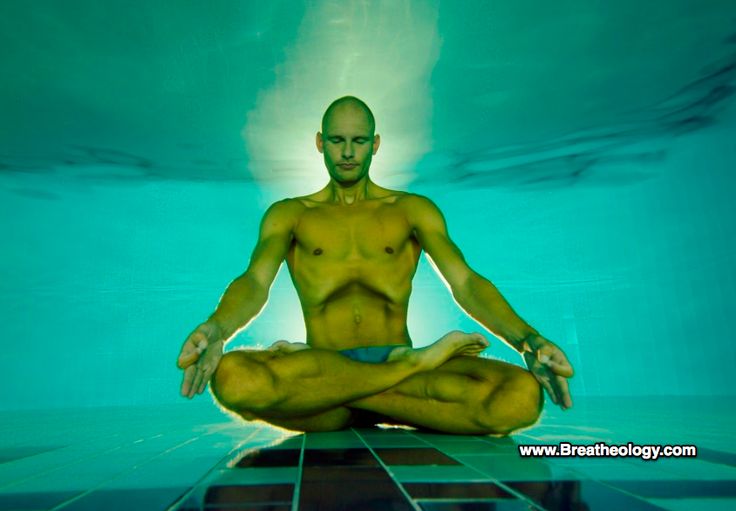
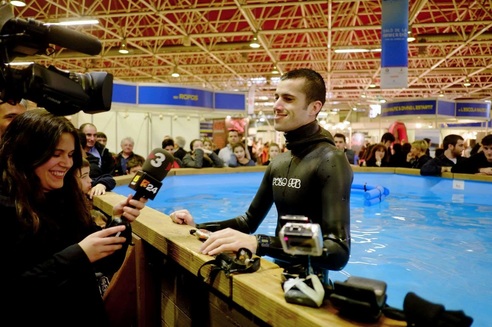
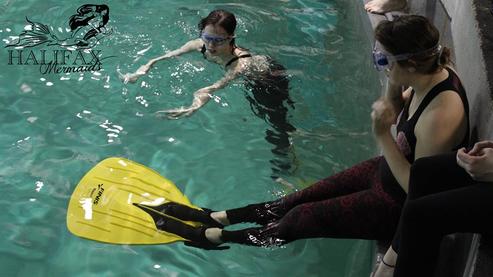
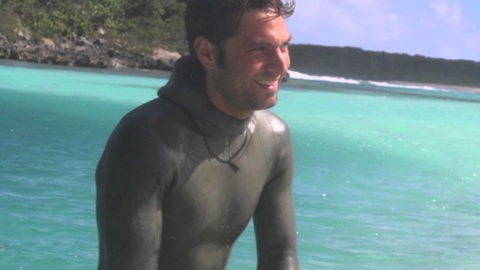
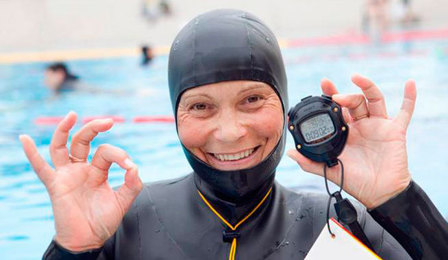
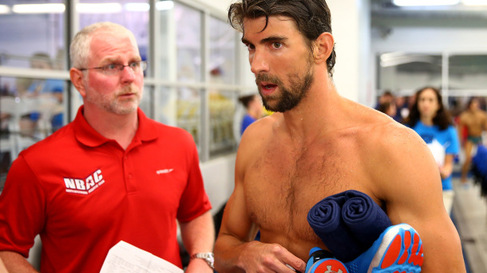
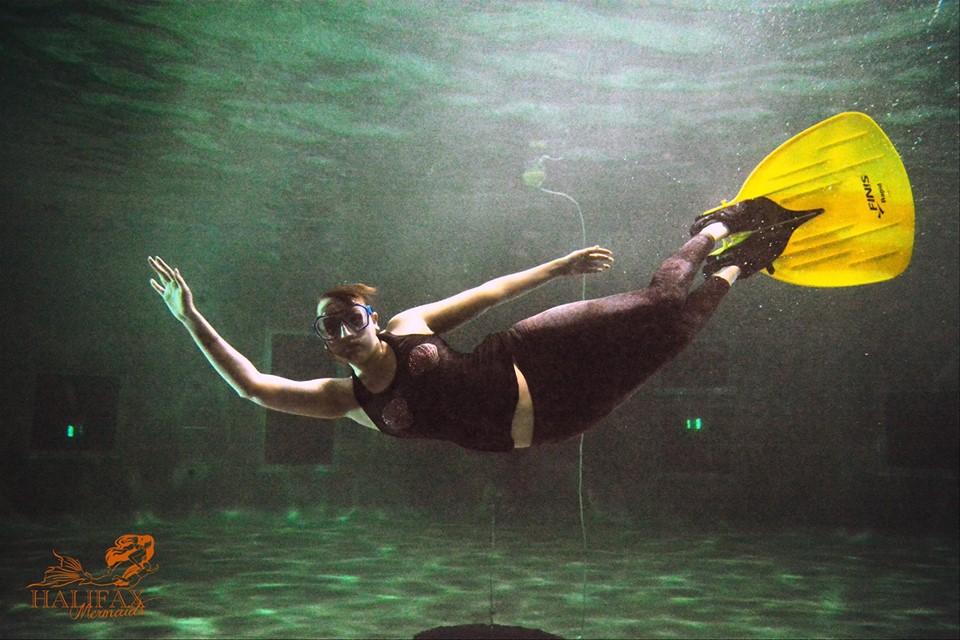
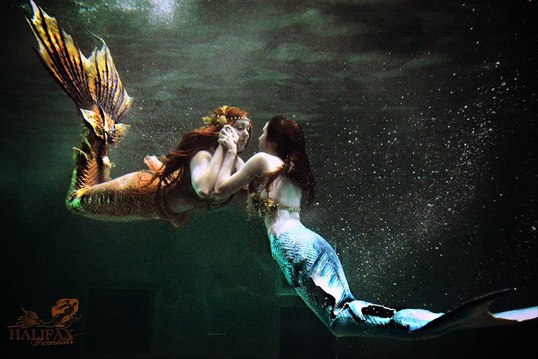

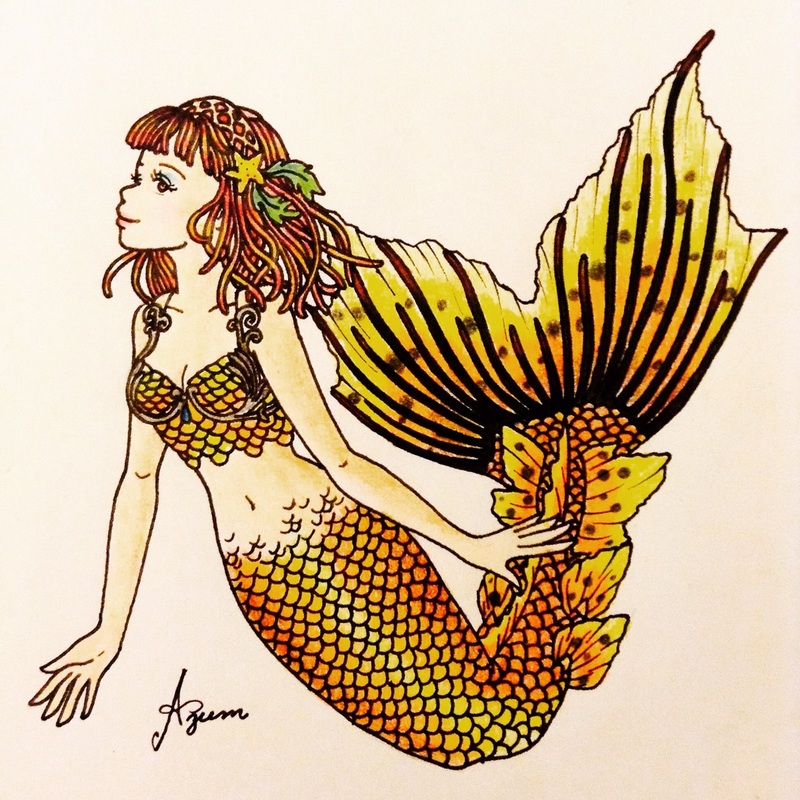







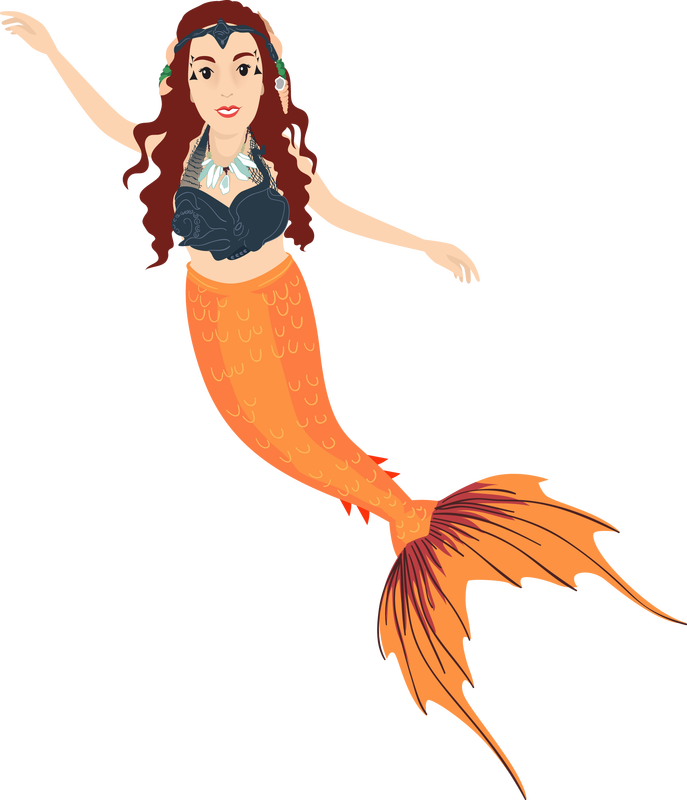
 RSS Feed
RSS Feed
